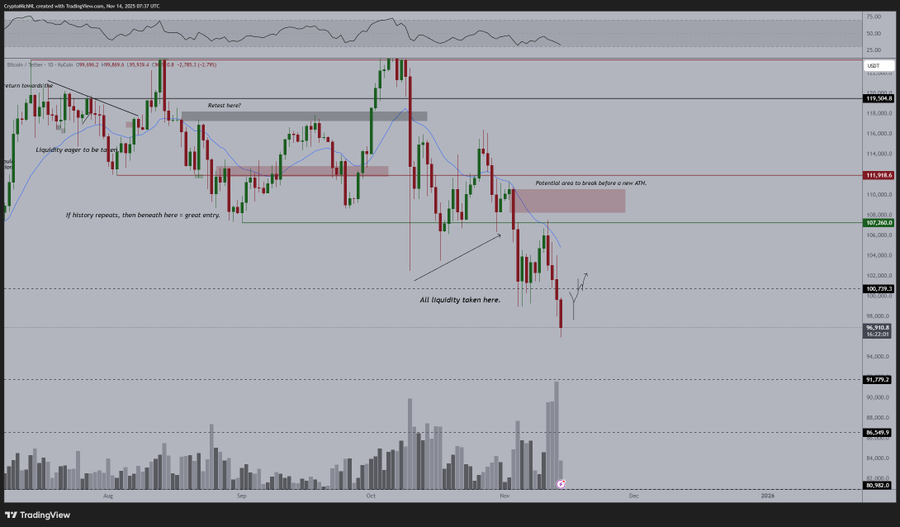News
Stay up to date on the latest crypto trends with our expert, in-depth coverage.


Dogecoin is navigating what many analysts consider its most challenging quarter in years, as the meme coin struggles to maintain strength above the crucial $0.17 support zone.
The UAE has not banned Bitcoin. Authorities clarified that crypto businesses must be licensed, but residents can still buy, hold, and trade Bitcoin freely.


Quick Take Tether “was in discussions” to invest in Neura Robotics, makers of a humanoid robot, at a potential valuation between $9.29 billion and $11.6 billion, FT reported. The stablecoin issuer generated profits of over $10 billion during the first three quarters of this year and is looking to diversify its portfolio.





Quick Take Earlier on Friday, a popular X account said Arkham data showed that Strategy reduced its bitcoin holdings from 484,000 to approximately 437,000. “We are buying. We’re buying quite a lot, actually, and we’ll report our next buys on Monday morning,” Saylor told CNBC.
- 11:12Data: Glassnode Bitcoin's realized losses have surged to the highest level since the FTX collapseChainCatcher news, Glassnode stated on the X platform that realized losses for bitcoin have soared to the highest level since the FTX collapse, with short-term holders being the main drivers of this wave of selling. The scale and speed of liquidations during the decline reflect a significant reduction in marginal demand, as recent new entrants are closing their positions and exiting the market.
- 11:05Data: A certain address accumulated 4,576 BTC in the past month, worth $377.3 millions.According to ChainCatcher, Onchain Lens monitoring shows that a certain wallet has withdrawn 307 BTC worth $25,310,000 from an exchange. Over the past month, this whale has been continuously withdrawing BTC from the exchange, and now holds 4,576 BTC in its wallet, valued at $377,300,000.
- 10:583,001.9 ETH transferred to an exchange, worth approximately $8.02 millionAccording to Jinse Finance, Arkham data shows that 3,001.9 ETH (worth approximately $8.02 million) were transferred from an anonymous address (starting with 0x3F32...) to an exchange.